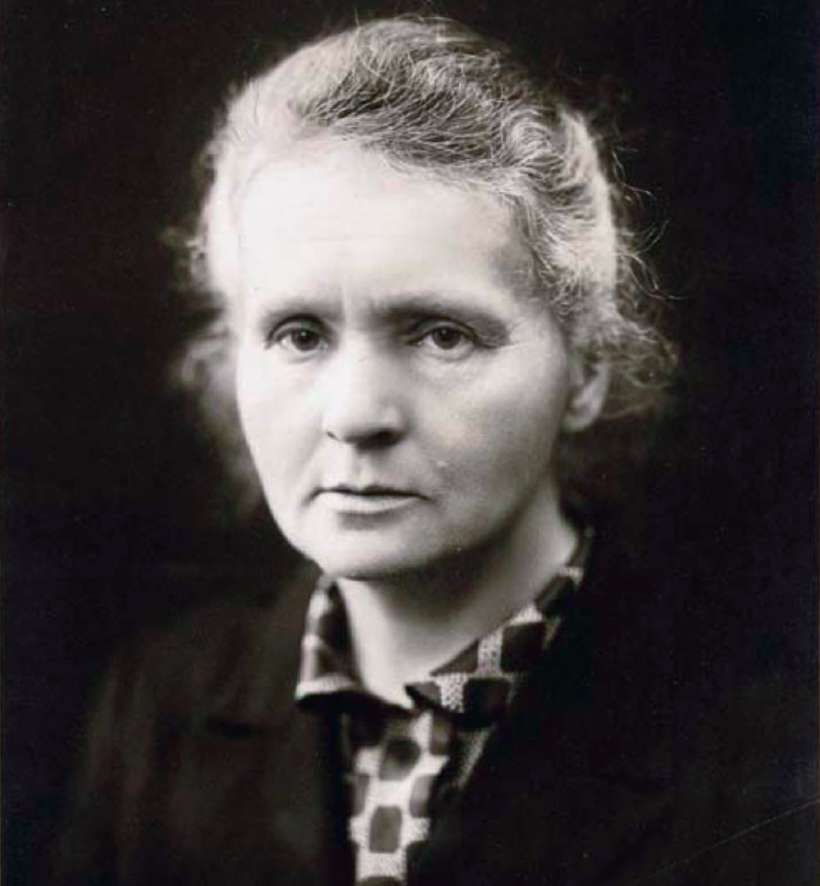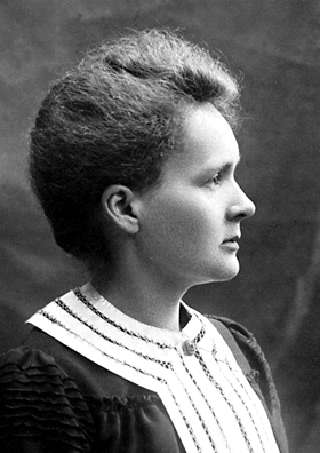Maria Curie: The only scientist to win a Nobel prize twice
Home / Non Fiction for Kids / Biographies for Kids / Maria Curie: The only scientist to win a Nobel prize twice
Maria Skłodowska Curie (1867 - 1934):
Marie Curie (born Maria Skłodowska Curie) was the first woman to win a Nobel prize and the only scientist to win a Nobel prize twice. She was also the first scientist to win a Nobel Prize in two different fields of science. She found a treatment for cancer, coined the word “radioactive”, and discovered the elements Radium and Polonium.
Maria Skłodowska Curie was born in Warsaw, Poland on the 7th of November, 1867.
Her parents lost all of their property during the Polish freedom struggle. Curie struggled to put herself through college by teaching and getting a fellowship. She studied physics, chemistry, and mathematics at the University of Paris.
Maria met her husband, and fellow Nobel Prize winner, Pierre Curie in Paris. He was an instructor at The City of Paris Industrial Physics and Chemistry Higher Educational Institution.
Maria received practically no funding until she won her first Nobel prize in 1903. She would work out of Pierre’s shed with little light and no protective equipment. It was under these conditions that she discovered that energy was being created and released from uranium.
Maria would teach during the day while continuing to work with radioactive substances like pitchblende and torbernite in the night. The government and metal companies helped her obtain samples of minerals and she used these to make new discoveries. She discovered that Thorium emits radioactive rays. She also discovered two new elements, Radium and Polonium. Maria named Polonium after her homeland Poland. She named Radium after the Latin word for “ray”. She also coined the word “radioactivity” and created the official standard of measuring it. It is known as the “curie”.

In just four years, between 1898 and 1902, Marie Curie and Pierre Curie published a total of 32 scientific papers. This included a brilliant discovery that changed medical science forever. Marie Curie found that diseased, tumorous cells were destroyed faster than healthy cells when exposed to Radium. This work had a massive impact on the treatment of cancer.
In 1903, Maria Sklodowaska Curie was awarded a Nobel prize in physics for her research on radiation. Only eight years later, she won her second Nobel, this time in Chemistry. This award recognized her discovery of the elements Radium and Polonium. The prize money allowed Marie and Pierre Curie to hire their first lab assistant.
It was a challenge to be a woman in the field of science. The Nobel committee even considered awarding Maria’s husband and leaving her out. Fortunately, a committee member spoke on her behalf. A few months earlier, the couple were invited to the Royal Institution in London to speak on radioactivity. However, Maria was not allowed to speak as she was a woman. Only Pierre Curie could speak about their discovery which they had worked on together.

Her achievements cut across various fields. In medicine, it was her discovery of radioactivity of radium and its effect on cancer cells. She founded the Curie Institute in Paris and Warsaw. These remain major centers of medical research today. During World War I, she developed 200 mobile radiography units to provide x-ray services in field hospitals. These were called “petites Curies” or Little Curies.
Albert Einstein called her the only person in the world who could not be corrupted by fame. She gave away most of the prize money she received and focused on helping her country and advancing the sciences.
Nearly 100 years later, the world remembers Marie Curie as an extraordinary scientist whose discoveries saved lives and expanded the study of science enormously. She overcame the challenges of poverty, a bias against women in science, and a struggle to be accepted in her adopted country of France. And became the most famous female scientist in the world to date.
Born: 7th of November, 1867, Warsaw, Poland
Died: 4 July 1934, Haute-Savoie, France
Education: University of Paris (1891–1894)
Discovered: Radiation, Radium, Polonium
More about Marie Curie
670 words |
7 minutes
Readability:
Grade 8 (13-14 year old children)
Based on Flesch–Kincaid readability scores
Filed under: biographies
Tags: #nobel prize, #biographies of scientists, #albert einstein, #nobel laureate, #physicist, #poland, #radioactivity, #warsaw
You may also be interested in these:
Albert Einstein
Galileo Galilei: The Italian who figured that planets revolve around the sun
How does a Nuclear Bomb differ from a Conventional Bomb?
Try not to become a man of success, but rather try to become a man of value.
As far as the laws of mathematics refer to reality, they are not certain; and as...